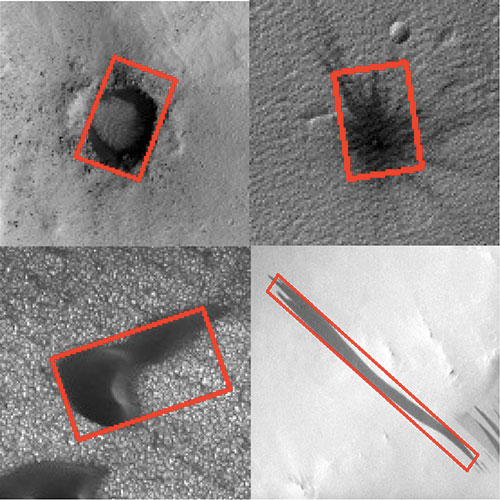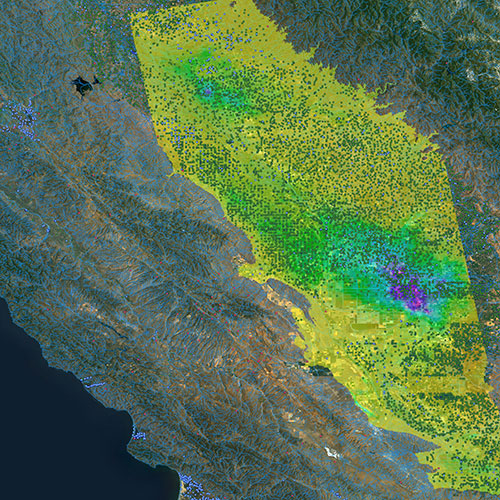JPL is at the cutting edge of research and development in big data, algorithms, software, and its applications to planetary and space science. Novel pattern recognition algorithms and effective data visualization provides a bridge between the quantitative content of the data and human intuition, leading to scientific discoveries like black hole mergers

Scalable Data Architectures
JPL’s ability to handle massive, complex, and distributed data sets requires systematic approaches to capturing, generating, organizing, managing, distributing, and analyzing data at scale. The diversity of data from remote sensing instruments requires sophisticated information models of the application domain and approaches for helping to understand and automate the handling of big data.

Data-Driven Computational Methods
Different computationally intensive methods from machine learning to statistical inference are critical to enabling data-driven approaches to analyzing massive data sets. JPL needs a range of data-driven methods to help automate the analysis and inference from big data.

Interactive Data Analytics Environments
The analysis of massive data and the intercomparison between data and models require the ability to bring together diverse data sets and enable on-demand computation, analysis, and visualization as an agile and effective paradigm for data exploitation, both exploration and discovery, and deep-dive analytics.